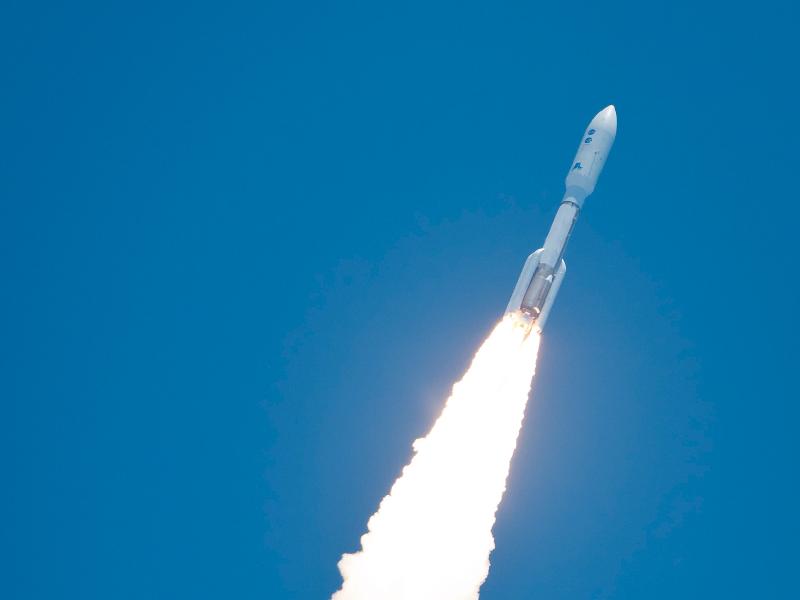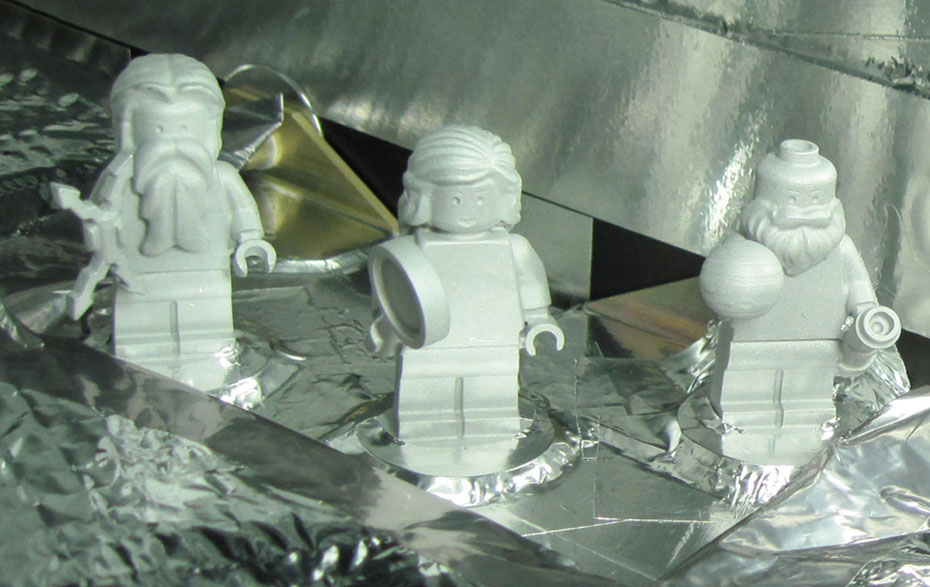Added 1 new A* page:Keep an eye out for a new page of my weekend fairy tale comic, "The Princess and the Giant," this coming Sunday; here's a preview of / link to last week's page:

~~~~~~
With all the talk I've been doing of solar activity and flares and so forth in recent weeks, wouldn't you know it that the effects of some strong recent flares are arriving on Earth starting today, where they "could affect some communications for a day or so." So watch out! But these aren't particularly powerful ones; the article quotes the director of the NOAA's Space Weather Prediction Center in Boulder, Colorado as saying that the current solar storm "on a scale of 1 to 5 ... is probably a 2 or 3." For comparison, the article mentions--though not by name--the "Solar Superstorm" of 1859, the strongest solar storm on record, which even managed to burn down a telegraph office or two; I talked a bit about that 1859 event recently, right here.
~~~~~~~~
I mentioned earlier in the week that NASA's Juno spacecraft would be launching for Jupiter today (Friday the 5th), and indeed it went up right on cue on its wasp-waisted Atlas V rocket:

image by NASA/Bill Ingalls (source--#5 in that gallery, since I can't link to it directly)
With advances in solar panel technology, they were able to make Juno solar powered, even for operation around Jupiter, which at about 800 million kilometers out is five times as far from the Sun as Earth is, and the sunlight reaching it--or the solar panels of a spacecraft orbiting it--proportionately weaker. All the previous spacecraft to visit Jupiter--"Pioneer 10, Pioneer 11, the Voyager program, Cassini–Huygens, and the Galileo orbiter"--obtained their power from the decay of radioactive elements, in what is called a radioisotope thermoelectric generator. But scientific progress has allowed Juno to "go green," so it will be all solar rather than nuclear.
That AFP article I linked about the launch mentioned a few interesting details that I thought I'd highlight. It points out that Jupiter "has more than twice the mass of all planets in the solar system combined and is believed to be the first planet that took shape around the Sun." Also, Juno is due to reach Jupiter in 2016, and it was launched at a pretty high speed, but some creative maneuvering will help get it up to a higher speed for catching Jupiter; due--I guess?--to how the orbits of the planets work out, it will first go to the Sun, then will come *back to Earth* in a couple years before heading out toward Jupiter: "Juno will spend the first two years of its mission going around the Sun, then will return for a flyby of Earth which will give a gravitational boost to accelerate Juno on a three-year path toward Jupiter."
So see you in a couple years, Juno!
And rather amusingly--and commercially, I suppose, although the reason given is "to inspire children to explore science, technology, engineering and mathematics" (if they gave these out for free at schools that might work better!)--Juno has three tiny passengers on-board: custom LEGO-like figures sculpted in the forms of Galileo (discoverer of four of the planet's moons), the Roman god Jupiter, and Jupiter's wife, Juno; I'll let you sort out which is which in this photo, or you could cheat by reading NASA's article about them:

image by NASA (source)
(That's supposed to be a magnifying glass the middle one is holding, by the way! Kind of a big one... At first glance I thought it was a frying pan, and was all like "Oh NO they di-in't!")
|
